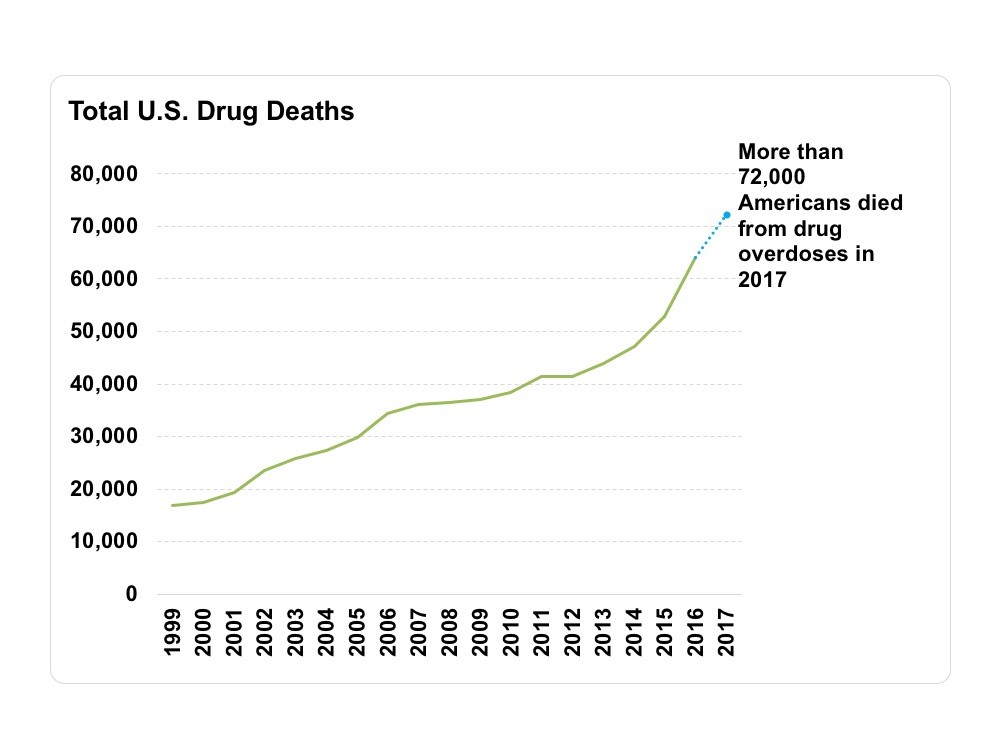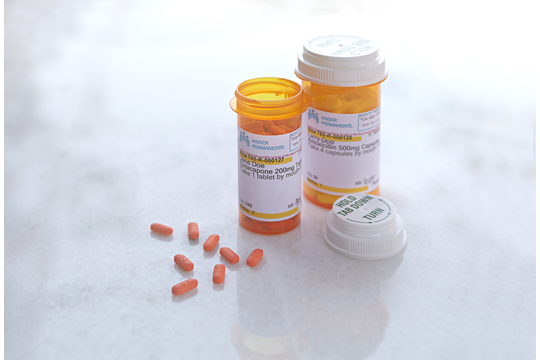Submitted by Kaiser Permanente
Welcome to the time of year when people cram things into boxes and give them to each other in the name of love. Chances are at some time in your life, your body has felt like you were the one crammed in one of those boxes.
Chronic pain is a terrible reality for many people. Most people experience it at some time in their lives. There was a time when doctors thought these meds were the best thing to treat severe non-traumatic chronic pain. Headaches, toothaches, fibromyalgia, joint pain, spine pain…you name it, they all got hit with narcotics. These days, we’ve realized there’s a ton of problems with that way of thinking (caption: From the National Institute on Drug Abuse)

By narcotics, I mean: Percocet, Vicodin, Fentanyl, Dilaudid, Codeine, Darvocet, Hydrocodone, Tramadol, Morphine, Methadone, Oxycodone, mickeymouseodone, tyrannosarusocet, hydrojustinbeiberdin…the list is nearly endless. But in the end they’re all essentially the same thing.
Let’s talk about some of the problems with these meds:
First, most people develop a dependence on narcotics. Once that happens, the usual dose doesn’t help as much with the pain but ironically, stopping the drug causes more pain. So people end up trapped by a drug that doesn’t really work, but they have to keep taking it to avoid worsening the pain they do have. Kinda like the experience of being a Denver Broncos fan this year. You’re stuck in it, but it brings you no joy.

Second, narcotics can lower a person’s pain threshold. This means that the painful sensation one person can tolerate easily (a pinprick), a chronic narcotic user interprets as excruciating. This also is a terrible conundrum since things you could once tough out now debilitate you.
Third, over time, your body’s ability to utilize the narcotics decreases. Imagine 10 drug molecules and 10 receptors for that drug located in your central nervous system. All 10 molecules have a place to go, so at that point the drug can reach its maximum effect.
Then imagine your infinitely-rational body thinking, “Heck, why do we need all these receptors? There’s drug molecules everywhere.” So, it “downregulates” those receptors to 5. This may sound strange, but it’s a natural reaction to an environment of “plenty.”
To you, that downregulation feels like the drug just doesn’t work as well as it did. So the natural reaction is to take more to try to boost the effect. But what will 20 molecules do, when you still only have 5 receptors? Nothing, at best. At worst, those extra molecules will go sit on receptors that cause you to forget important things. Like breathing.

Some people think narcotics are the ONLY way to deal with severe chronic pain, but that’s just not true. The U.S. uses more than double the daily doses of morphine than the next country (Germany). Our use of narcotics is more than 2000 times greater than that of India. And all those people have spines, and heads, and joints that can hurt just like an average American.
Turns out there are lots of ways to address chronic pain, completely free of the dangers of narcotics, like stretching, staying active, and mindful breathing. More on that in my next column. But for now, in this season of giving and joy, be reassured that although chronic pain is a reality for most people in life it doesn’t have to ruin that life. Around the world, people live with chronic pain every day. They manage it relatively well, without dependence on dangerous drugs, and still find happiness.

















































